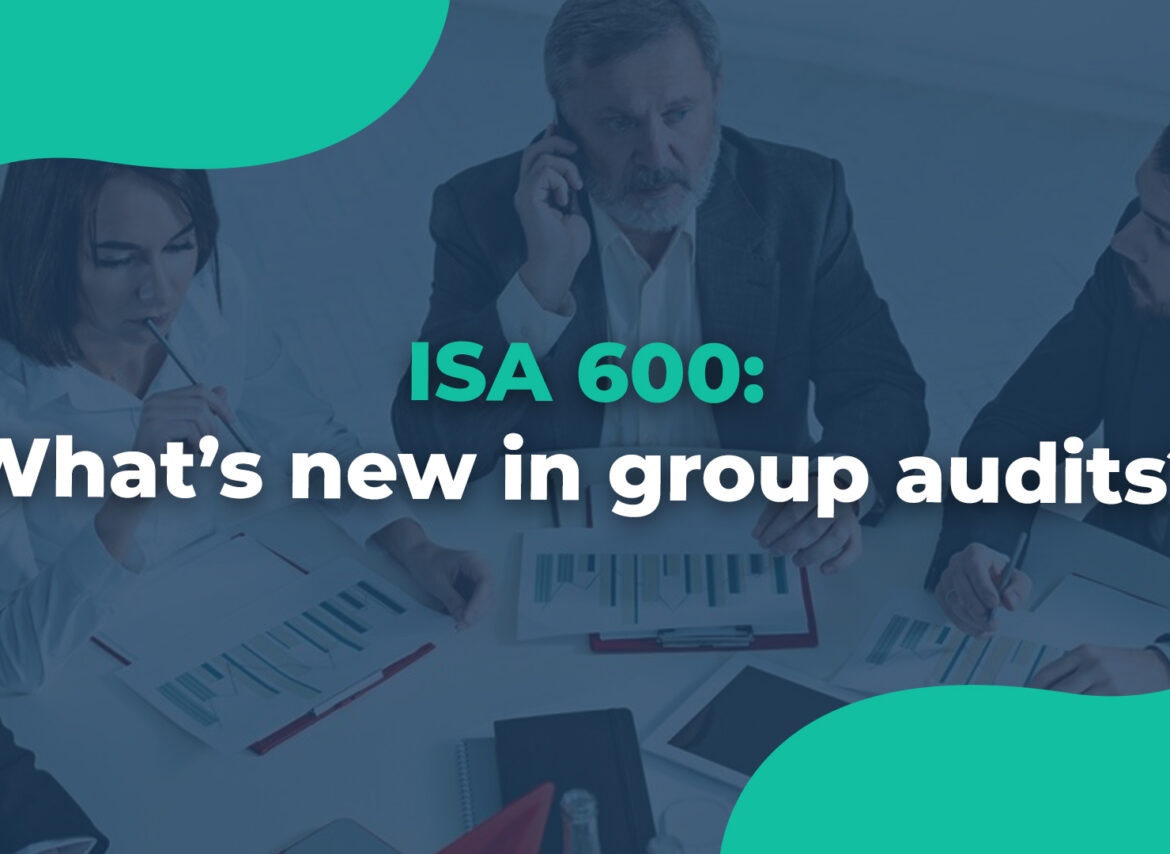Introduction
In the dynamic world of financial auditing, staying abreast of regulatory changes is essential for maintaining transparency and integrity. The International Auditing and Assurance Standards Board (IAASB) recently introduced a revised standard on ISA 600 Audits of Group Financial Statements. This blog explores the implications of these changes, their impact on auditing practices, and the steps auditors can take to adapt effectively.Understanding the Changes
The revised standard, effective for periods commencing on or after December 15, 2023, with early adoption permitted, heralds significant adjustments to group financial statement audits. Aimed at better alignment with contemporary standards and regulations, such as quality management standards and the revised ISA 315, the revisions emphasize proactive risk management and ensure ongoing compliance.Key Changes and Implications
- Proactive Risk-Based Approach: Introducing a proactive risk-based approach underscores the importance of identifying and assessing material misstatement risks. This necessitates tailored audit planning and responsive engagement procedures to mitigate risks effectively.
- Clarification on ISA 220 (Revised) Requirements: Clarity on how ISA 220 (Revised) requirements apply to group audits enhances resource allocation, engagement team supervision, and review processes. Notably, component auditors are now included in the definition of the ‘engagement team.’
- Refined Component Definition: The revised definition of a component offers greater flexibility and clarity, impacting scoping and the utilization of component auditors. The removal of ‘significant components’ underscores the importance of risk consideration at the assertion level.
- Enhanced Communication and Professional Scepticism: Strengthened requirements for robust communication between group and component auditors, along with heightened expectations for professional skepticism, elevate the audit process’s rigor and quality.
- Expanded Documentation and Clarification: Enhanced documentation requirements and clarification on access limitations to individuals or information ensure thoroughness and transparency in audit processes.






